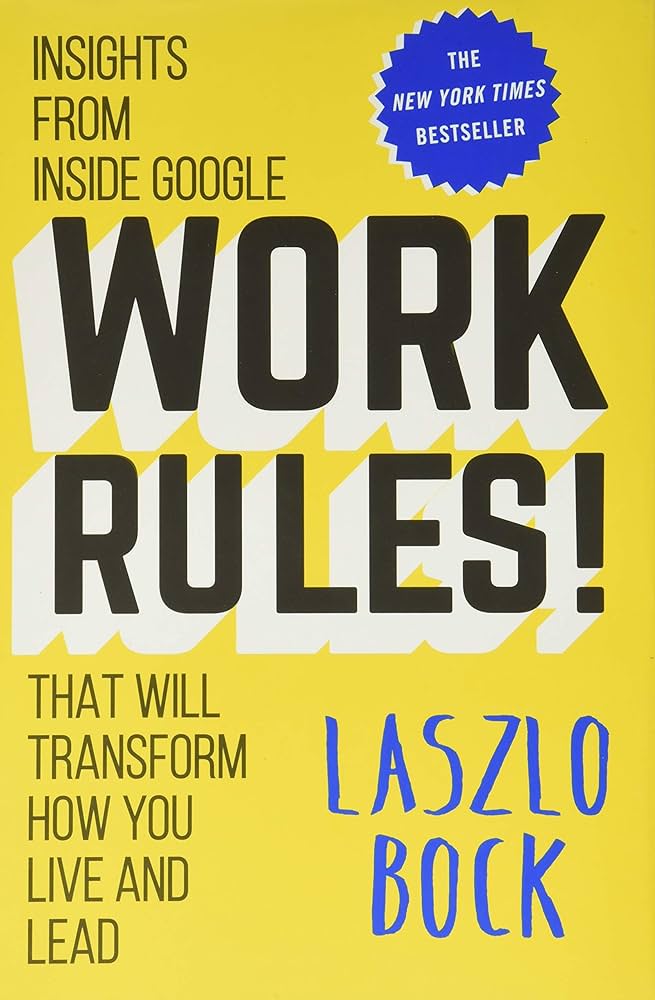Customer Experience: Future Trends and Insights
RATING


A follow-up to Shaw’s 2007 book: The DNA of Customer Experience (see Senteo review), which takes a more futuristic view of customer experience and trends which are shaping it. The book describes components of three major trends.
The first trend is increasing competition which goes beyond the old “four P’s” of marketing to require a new approach of using experience psychology to understand what motivates your customer. The second trend covers social media and the need to embrace it within the customer experience context. The third trend is toward using neuroscience to understand how customers really feel, or to understand their subconscious emotions. You need to understand what customers really want, not what they are telling you. This book seeks to take the principle of the “Emotional Signature” introduced in the previous book and describe it in the context of these trends.
The book gives an overview of what the authors call experience psychology (how psychological theory and practice can be used to improve a customer’s perception about your experience) and advances the premise that this is the key to understanding your customer. Through it, they give examples (top 10) of how the psychology of an experience, rather than the items we buy, impact on its value. They go on to devote a chapter to experience psychology research covering topics such as interviewing techniques, emotional segmentation and goal mapping, along with many examples of their own research done over the years in their consulting practice.
The book seeks to expand on their previous work, tying it to future trends (social networking, neuroscience), at times seeking to reference them back to their idea of emotional signature. In the process, it comes across as somewhat disorganized and randomly structured. The book lacks an overview or references to the “4 Clusters” of the customer experience which was covered in the first book, instead it introduces three trends shaping the future of customer experience. It devotes a whole section to social media as a new channel to market (and “community marketing”) with a needs-based approach to analyzing, without much of a roadmap for applying. The book ends with a chapter intended to give the reader “an assessment of where customer experience stands today,” referring the reader to a survey and webinar they conduct regularly, seemingly making the book a pitch for the authors’ consulting services.
The quality of customer experience has become more important in recent times as businesses struggle to differentiate themselves. But what are the emerging trends that businesses should focus on today? The authors explore the growing trends that progressive businesses need to understand to give themselves a competitive advantage.
While high in theoretical content, the book provides a good overview of trends for any reader interested in customer experience knowledge. The research examples such as interview techniques and neuroscience overview will be of interest to anyone in the field. For more on this subject, see the Senteo review for Infinite Possibility.

This book is heavy in research, using experience psychology and neuroscience in order to better understand your customer. They also go into some examples of implementing these methods through interviewing techniques, emotional segmentation and goal mapping, along with many examples of their own research done over the years in their consulting practice.
See content on this topic
Sales training for front line along with basic development and coaching principles for line management.
Understanding branding and communications from the standpoint of emotional engagement and building relevant and meaningful dialogue with customers.
This course covers a complete view of customer touch points (both physical and virtual) and a unique model for standardizing and managing customer contact models across channels including approaches for customer feedback, quality management, and migration.
Understand how the innovation process changes moving from functionality and channel design to a process focused on creating value for customers.
Experiential Branding & Communications – Improving Brand Integration Through Emotional Engagement.
This course covers a complete view of customer touch points (both physical and virtual) and a unique model for standardizing and managing customer contact models across channels.
Understand the value of a customer-oriented analytics package and how behavioral scenarios can be used to improve profitability through influencing behavior and usage.
To understand the principles of game dynamics and learn how to effectively use the elements of gamification in business: to involve customers, employees and contractors in the process.
Understanding branding and communications from the standpoint of emotional engagement and building relevant and meaningful dialogue with customers.
This course covers a complete view of customer touch points (both physical and virtual) and a unique model for standardizing and managing customer contact models across channels including approaches for customer feedback, quality management, and migration.
Experiential Branding & Communications – Improving Brand Integration Through Emotional Engagement.
This course covers a complete view of customer touch points (both physical and virtual) and a unique model for standardizing and managing customer contact models across channels.




 Copy Link
Copy Link
 E-mail
E-mail
 LinkedIn
LinkedIn
 Facebook
Facebook
 Telegram
Telegram
 WhatsApp
WhatsApp
















 Go Back
Go Back
Leave a Reply
You must be logged in to post a comment.